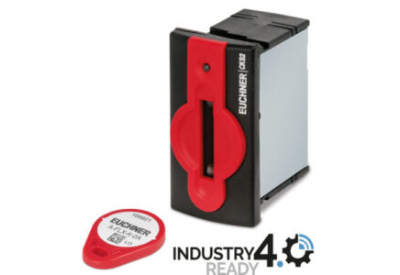Choosing the Right Fuses: Transformers 101
April 23, 2024

Types of Fuses
Fuses come with a variety of options, each type designed for a specific application. While these fuses may share the same current rating, they have different clearing curves which means some can handle large inrush currents for up to 10 seconds, while some blow right away.
Selection Criteria
When Selecting a fuse, you must consider the following:
- Current (Amps)
- Voltage
- Available Fault Current (Generally measured in kA)
- Application (What are you protecting?)
Choosing the Right Size for a Transformer
Determine where you will fuse primary only or primary and secondary and calculate the primary current (Amps).
Use the table below to guide you further:
Primary Fuse
| Primary Amps | Max Primary Fuse % Rating |
| 9 or more | 125* |
| 2 to less than 9 | 167 |
| less than 2 | 300 |
Primary & Secondary Fuse
| Secondary Amps | Max Primary Fuse % Rating | |
| Primary | Secondary | |
| 9 or more | 250 | 125* |
| less than 9 | 250 | 167 |
Placement of Fuses
- Primary Fuse (Input)
- essential to protect against short circuit and overloads.
- Secondary Fuse (Output–optional)
- safeguards against overloading the transformer.
Consider the Starting Current
Primary fuses must be able to handle the high inrush current of a transformer. This can be as much as 30 x calculated current for .01 seconds. A time delay dual-element fuse is recommended.
Check this fuse selection table for control and 3-phase transformer:
vancoelectrical.com/fuse-table
Example
Let’s suppose we have a transformer with the following specifications:
- Transformer Rating: 45 kVA
- Primary Voltage: 600V (3-phase)
- Secondary Voltage: 208/120V (3-phase)
Calculate Primary Current:
Primary Current (A) = kVA x 1000 / √3 x Primary Voltage (V)
Primary Current (A) = 45 kVA x 1000 / √3 x 600 (V)
Primary Current (A) ≈ 45000 / √3 x 600 (V) ≈ 45000/1039.2 ≈ 43.35 A
Choose Fuse Rating (125% of the calculated primary current)
Fuse Rating (A) = 1.25 x Primary Current (A)
Fuse Rating (A) = 1.25 x 43.35 A
Fuse Rating (A) ≈ 1.25 x 43.35 A ≈ 54.19 A
So, we’d select a fuse close to a rating of 54.19 A, which is 60 A.
More Information
Related Story
Discover MTE Through Vanco’s Unmatched Expertise and Service
At Vanco Electrical Supplies, their commitment is not just about providing electrical products; it’s about cultivating partnerships and seizing opportunities to better serve their clients. Founded by Walter Wiebe and Dave Nicoll, their roots in Markham, Ontario were sown with a commitment to offer technically competent representation to emerging manufacturers overlooked by the market.






